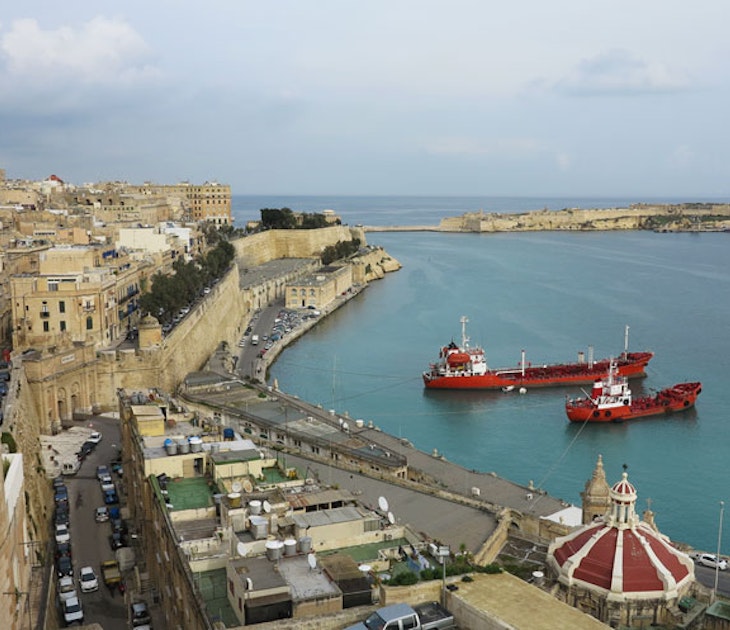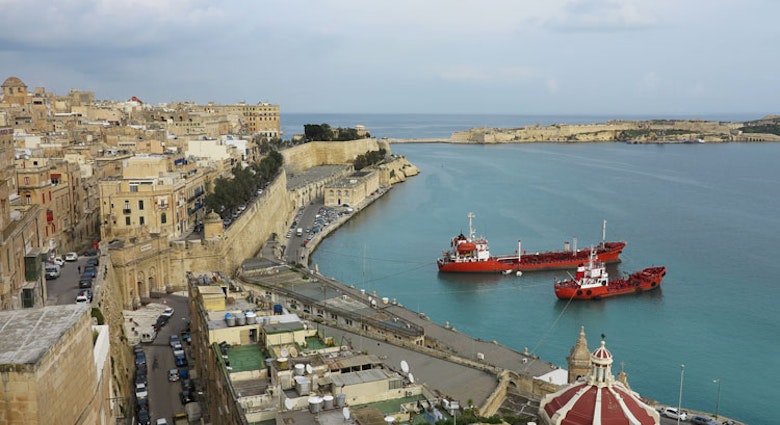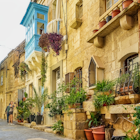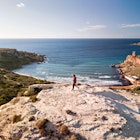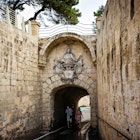Breaking free from its traditional reputation as a destination for sun, sea and sand package holidays, Malta has begun to reveal a fresh new face to the world. In preparation for its capital Valletta's reign as European Capital of Culture in 2018, many of the islands' most impressive historic sites have been restored, gastronomic restaurants and boutique hotels have sprung up, and exciting new nightlife and outdoor activities scenes have begun to develop.

Mysterious and dramatic historic sites
With over 6000 years of history packed into its diminutive 314 sq km, Malta is an absolute paradise for history buffs. Now is a great time to visit, because a number of the most significant sites have undergone renovations in the past few years. Malta's neolithic inhabitants left behind a series of mysterious circular temples scattered across the islands and voluptuous female statuettes (now in the National Museum of Archaeology in Valletta), but the star attraction is the Hal Saflieni Hypogeum underground necropolis, which recently reopened with a new climate-control system and expanded visitor centre (book at least two months in advance, as only 80 visitors are permitted per day).
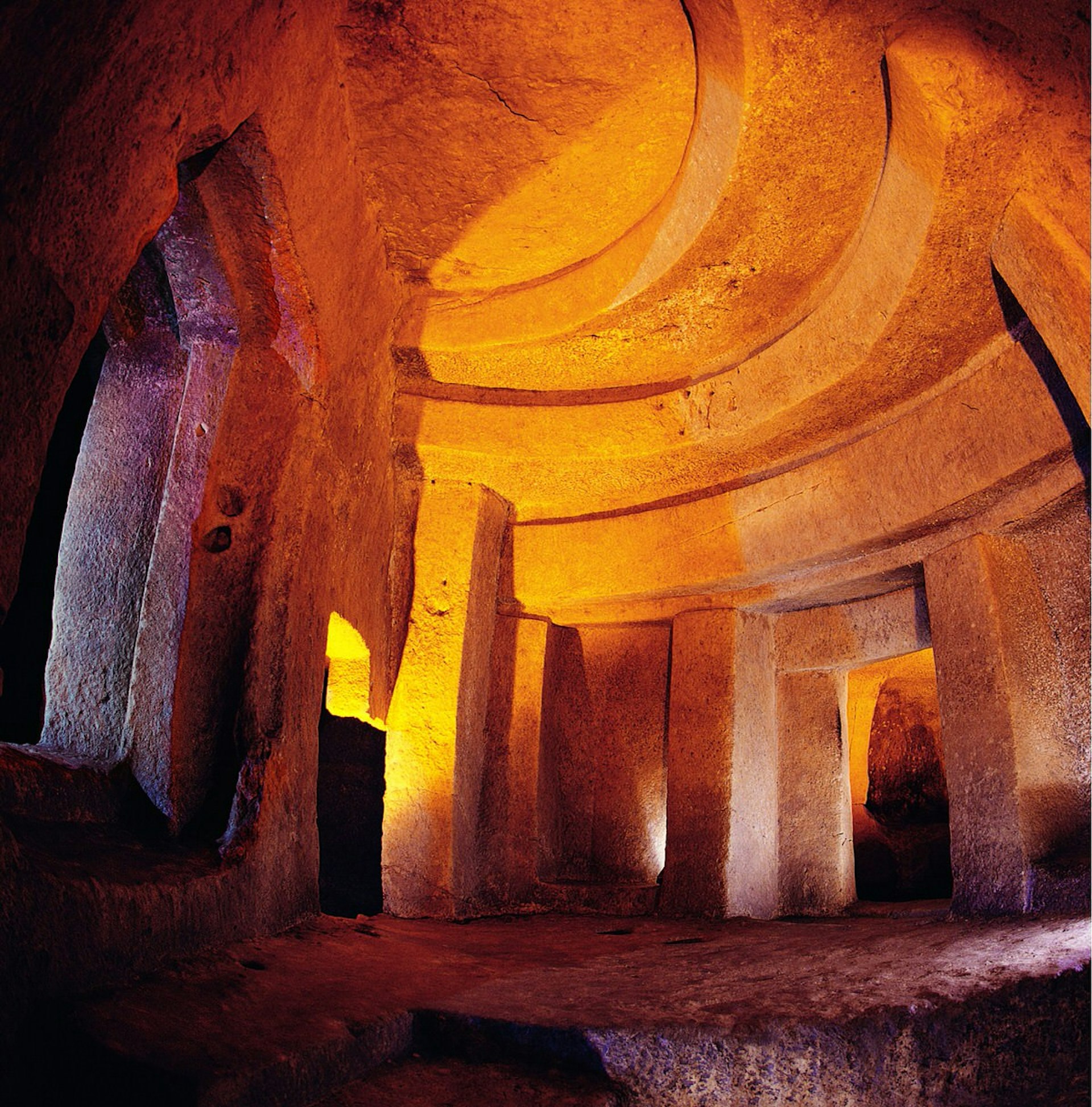
Probably the single most dramatic episode in Malta’s past was the Great Siege of 1565, a dramatic battle fought between around 700 besieged Knights and a huge invading Ottoman army. The Knights employed some grisly tactics, including using human heads a cannonballs, but after four months they defeated the Turks and were hailed as saviours of Europe. Visitors can look around two of the Knights’ key defensive forts: Fort St Elmo in Valletta, which has been restored and transformed into the fascinating National War Museum, and the imposing Fort St Angelo in Vittoriosa, which is newly open to the public.
Malta came under siege again in WWII, when it's strategic position in the Mediterranean led Churchill to refer to it as an 'unsinkable aircraft carrier'. Malta was subjected to such heavy bombing from the Luftwaffe and Italian Air Force that the entire country was awarded the George Cross for bravery for withstanding it. At the Lascaris War Rooms you can step back in time to this era and explore the evocative underground command centre where the defence of the island was masterminded.
Locally sourced, seasonal cuisine
Malta has all the ingredients for an outstanding cuisine: a Mediterranean climate, half a dozen cultures blended together over hundreds of years and delicious seafood plucked fresh from the ocean. A growing crop of top restaurants are transforming these great raw materials into gastronomic delights.

At his restaurant Ta’Philip, near to Mġarr port in Gozo, chef Philip Spiteri is working to reduce the food-miles of his dishes, by using locally sourced, seasonal produce. Anyone who likes to know exactly where their food had come from will love the delicious peppered Gozo sheep’s cheese and locally farmed suckling pig, roasted to perfection in the restaurant’s traditional wood-burning oven. In Valletta, sophisticated but unpretentious Trabuxu Bistro charms with its quirky art-strewn walls, warm atmosphere and simple, well-prepared cuisine. Friendly waiters are happy to talk you through the seasonal menu and the beautifully presented dishes taste just as good as they look.
Outdoor adventures in Gozo
For many visitors to Malta the one and only activity on the cards is relaxing on one of its many beautiful beaches. But anyone looking for an action-packed holiday should head for its sister island to the north. Gozo has long been seen as one of the Mediterranean’s best diving destinations, with dramatic underwater scenery and plentiful marine life. One of the most renowned dives is the Blue Hole, a 10m-wide, 25m-deep vertical tunnel down through the limestone that connects with the open sea through an underwater arch about 8m down.
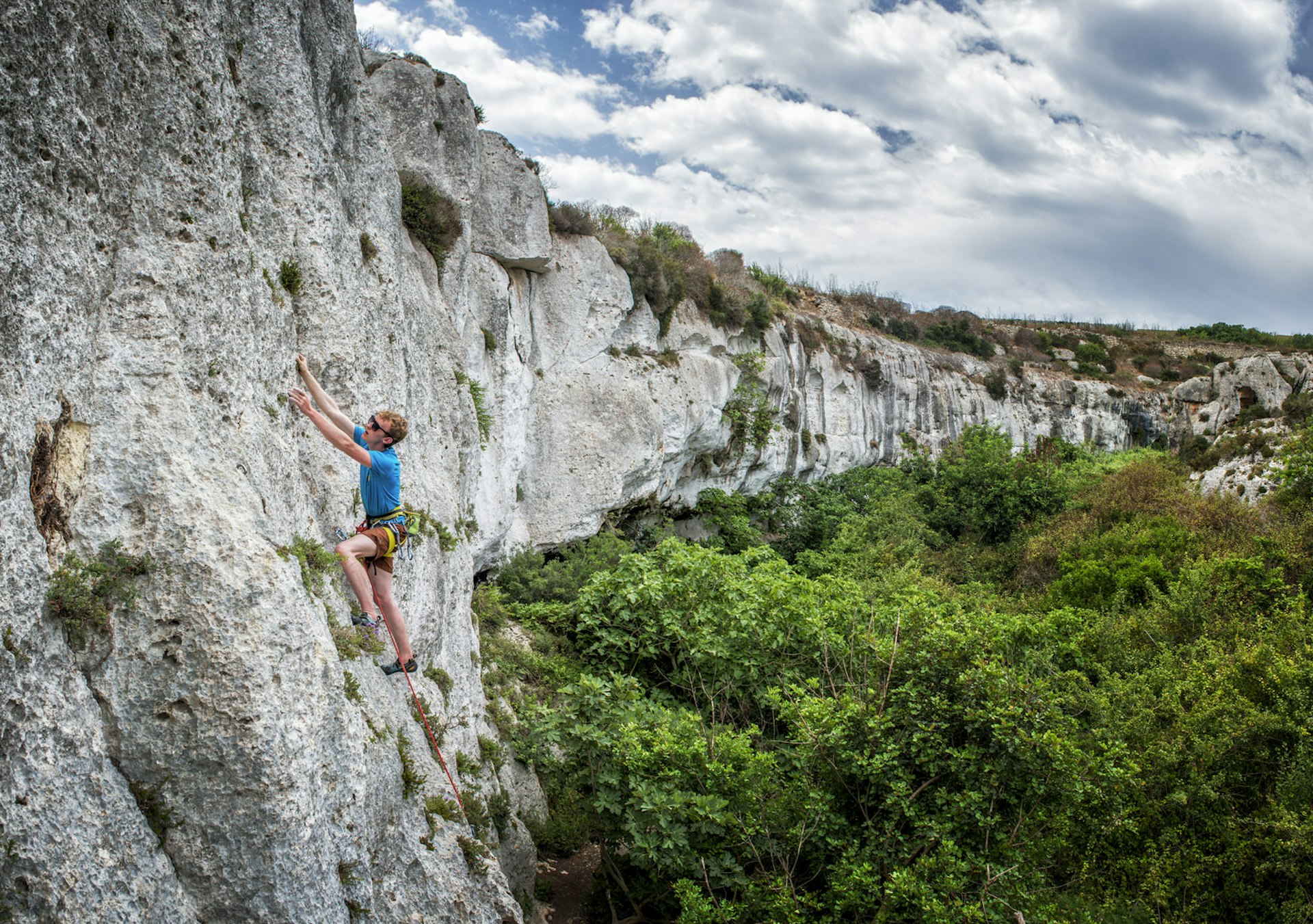
Smaller and more rural than Malta’s main island, Gozo is gradually becoming a destination for other activities, such as rock climbing, hiking and sea kayaking. First pioneered by the British Army in the 1950s, climbing is staging a resurgence in Gozo after a 30-year hiatus. There are now over 300 bolted sport routes on top-quality limestone, all within a 15-minute drive of each other, as well as numerous bouldering and deep-water soloing routes. Local company Gozo Adventures organises full- and half-day sea-kayaking tours around the coast of Gozo and Comino, as well as hiking, climbing and biking tours.
Hip nightlife on Valletta’s Strait Street
If you think Malta’s nightlife is all about loud dance music, drunk teenagers and sticky dancefloors, you’ll be pleasantly surprised by the sophisticated scene springing up in Strait Street, a narrow alley that runs the length of Valletta’s historic old town. In the first half of the 20th century, Strait Street was the prime destination for British and American sailors on shore leave. Nicknamed ‘The Gut’, it was a cultural melting pot, packed with hole-in-the-wall bars, jazz musicians, bohemian artists and prostitutes. After being almost completely abandoned when the sailors left in the 80s, trendy bars are once again springing up in its long-silent nooks and crannies.
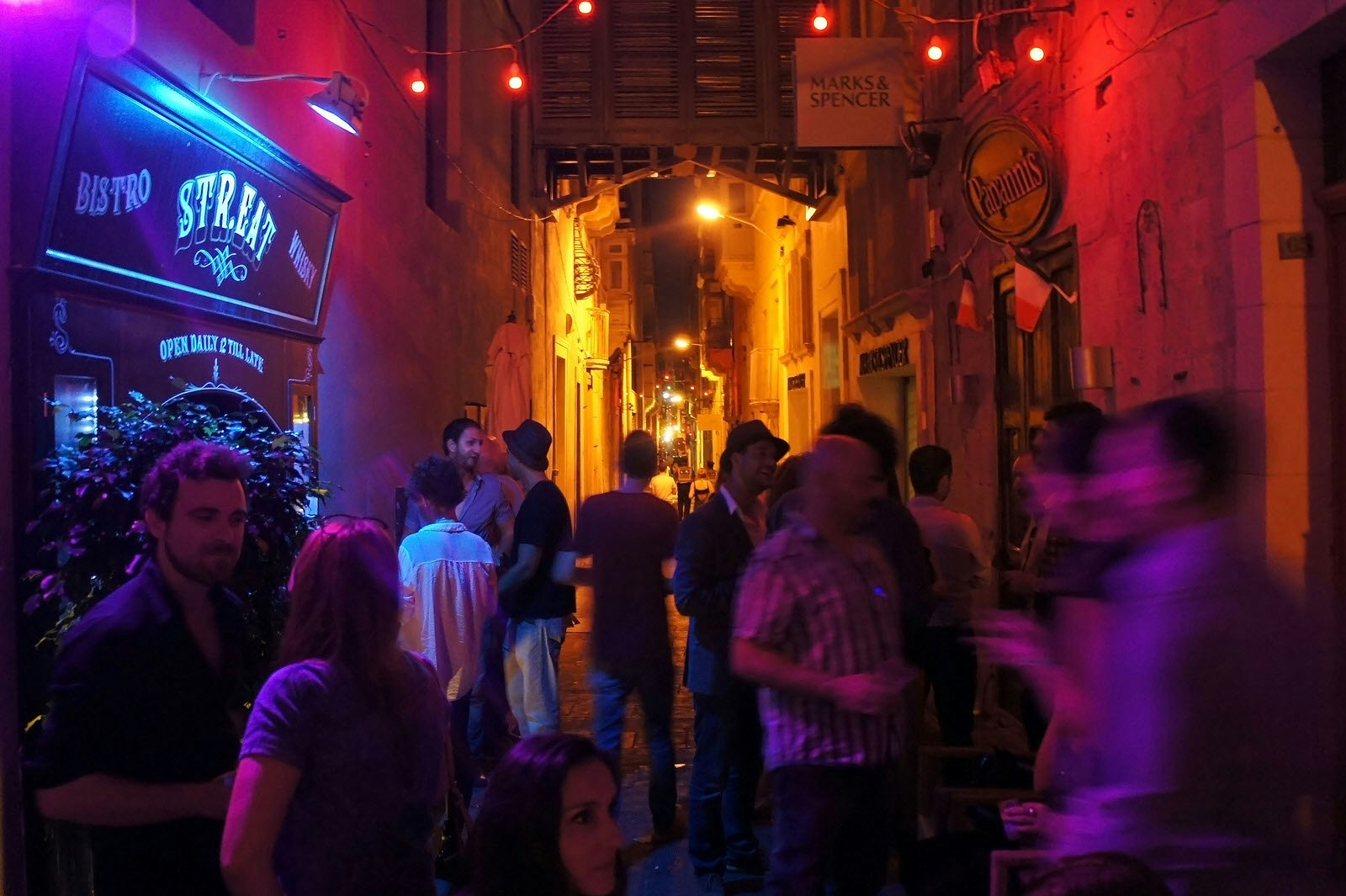
Most of the action centres on the area near St Lucia Street. Tico Taco, the last of Strait Street’s original bars to close and the first to reopen, has fun retro decor and a buzzy atmosphere. Next door, The Loop bar has been restored to its original red-and-green-formica-clad glory, and serves up tasty fare and cocktails with a smile. Across the street, Str.Eat Cafe specialises in whisky and American-inspired cuisine. Round the corner on St Lucia Street, Café Jubilee is the pick of the bunch, with beautiful 1920s Parisian-style decor, well-priced food and a sophisticated ambience. But why choose? On a balmy evening in Valletta, Strait Street is the perfect place for a (classy) bar crawl.
Boutique hotels and budget apartments
Malta's accommodation scene has blossomed over the past few years, with a host of stylish boutique hotels popping up across the islands. A number of Valletta's baroque palaces and historic townhouses have been expertly converted into elegant and characterful boutique hotels, such as the Palazzo Prince d’Orange and Casa Ellul, often with period features and rooftop sun terraces with stunning views of the city. If you want to stay in a historic property but your budget doesn't stretch to a boutique hotel, consider staying in one of the many privately-let apartments in the city, or across the harbour in Vittoriosa or Senglea. There are some great deals to be had on places with traditional tiled floors, Maltese balconies and sea views, and the handy ferry makes access to the city from across the harbour easy and cheap.

Outside the capital, the luxurious 5-star Xara Palace has a truly spectacular location in the fortified old town of Mdina, with breathtaking views over the surrounding countryside. If you want to get away from it all, Gozo has some of Malta's most idyllic accommodation options. For a taste of small-town life, try one of Quaint Hotels' two converted historic properties at the heart of the picturesque villages of Nadur and Xewkija.
Anna Tyler travelled to Malta with support from the Malta Tourism Authority. Lonely Planet contributors do not accept freebies in exchange for positive coverage.

